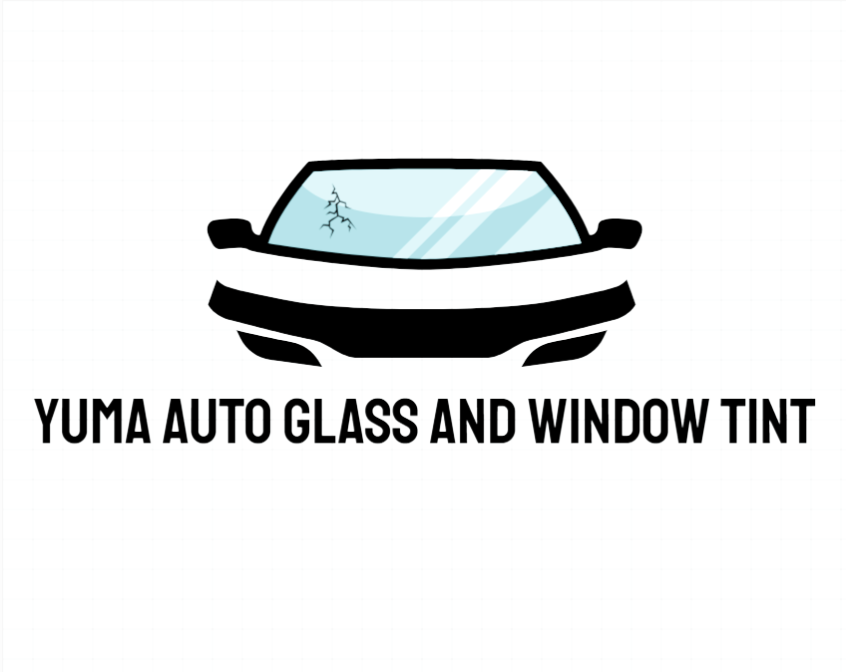In Arizona, where the sun blazes nearly year-round and summer temperatures soar, tinting your car windows can feel like a necessity rather than a luxury. Tinted windows reduce glare, protect the interior from UV damage, and help keep the cabin cooler. But before you go all-in on dark tint, it’s important to know what’s legally allowed—because yes, you can get pulled over and fined for a window tint that's too dark.
So, how dark is too dark in Arizona? Here's what every driver should know to stay comfortable and compliant.
Arizona’s Window Tint Laws: What’s Allowed?
The state sets clear rules based on something called Visible Light Transmission (VLT)—the percentage of light that passes through your windows. The lower the VLT number, the darker the tint.
Here’s how it breaks down by window:
Front Windshield
Tint is only allowed along the top section of the windshield, above the manufacturer’s AS-1 line. This is usually the top five to six inches of glass. The rest must remain clear to ensure full forward visibility.
Front Side Windows
These must let in at least 33% of visible light. That means tinting can block no more than 67% of the light on the front sides.
Rear Side Windows and Rear Window
Arizona is more lenient here. You can go as dark as you want on these windows, which is great for privacy and heat control in the back seats and cargo areas.
Reflectivity and Color Restrictions
Arizona law also covers how reflective your window tint can be. The reflective tint is designed to bounce sunlight away, but too much can pose safety risks for other drivers. That’s why:
Front and rear side windows must not be more than 35% reflective.
Red and amber-colored tints are not allowed for use on any vehicle windows.
Reputable tint shops don't carry illegal colors or films, but it’s still something to be aware of—especially if you’re buying a used car with aftermarket tint already installed.
Medical Exemptions for Special Cases
If you have a medical condition that requires additional sun protection—such as lupus or photosensitivity—you can apply for a medical exemption to use a darker tint on your front windows. The process involves submitting documentation from your doctor to the state for approval.
If granted, the exemption must be kept in your vehicle in case you’re pulled over. Keep in mind, even with an exemption, tinting laws around visibility and safety still apply.
What Happens If You Break the Rules
Getting pulled over for illegal window tint might not be as dramatic as a speeding ticket, but it can still cost you. Fines for non-compliant tint can be up to a couple of hundred dollars, and you may be required to remove or replace the tint to bring your car back into legal limits.
Police officers carry tint meters that measure VLT levels on the spot. If your tint is darker than what’s allowed, you could be cited even if you didn’t install it yourself.
Keeping Your Tint Legal and Effective
The best way to avoid trouble is to get your tint professionally installed by experts who know Arizona’s laws. Cutting corners or going with ultra-dark film might seem cool at first, but it could end in a fine, failed inspection, or worse—compromised visibility during nighttime driving.
Good shops will always double-check the VLT of the film and apply it correctly based on your vehicle’s existing glass tint. Even factory glass can affect the final reading, so don’t assume that film labeled “33%” will automatically keep you legal once applied.
Yuma Auto Glass & Window Tint – Legal, Reliable Tint in Yuma, AZ
If you're looking to upgrade your car’s tint and stay on the right side of Arizona law, visit
Yuma Auto Glass & Window Tint in Yuma, AZ. We specialize in installing legal, high-performance window film that keeps your car cool, comfortable, and compliant—without risking a ticket.



